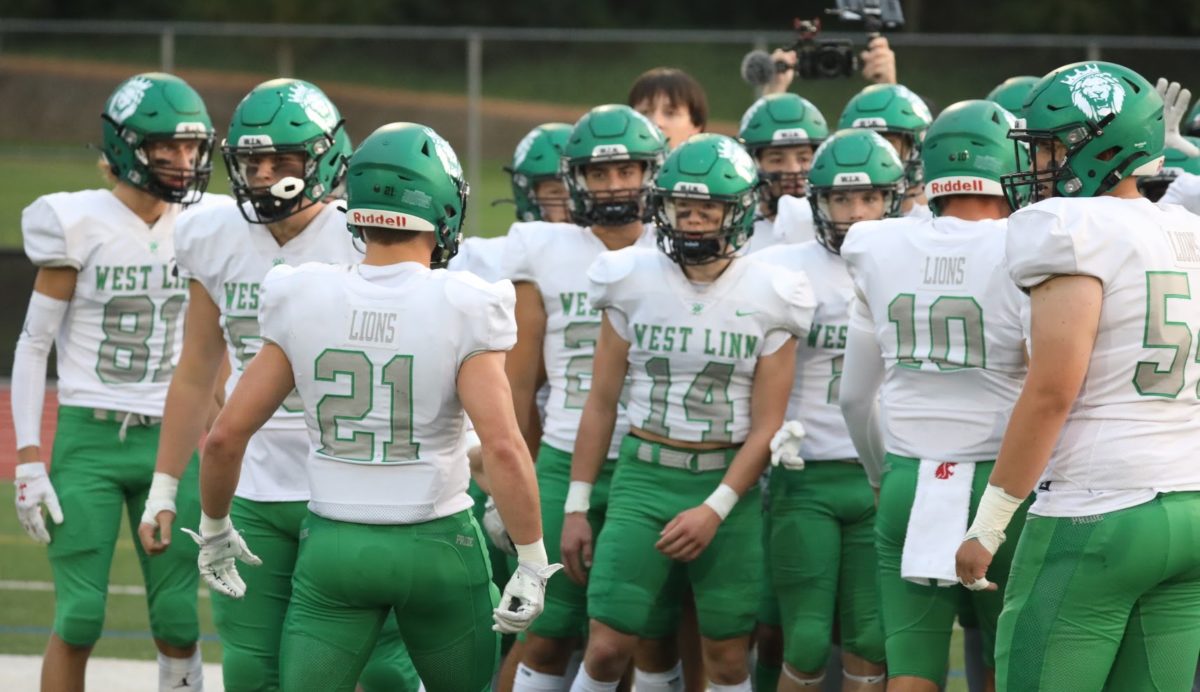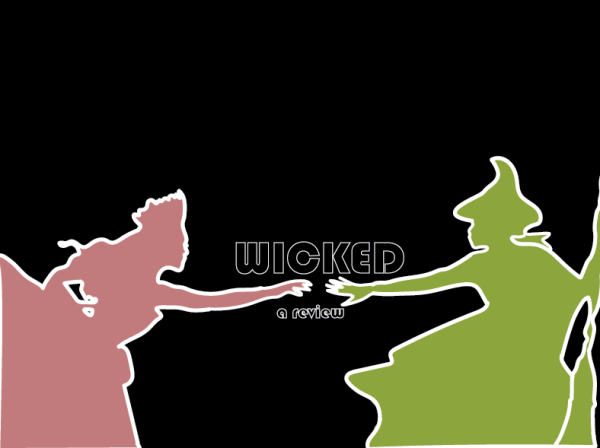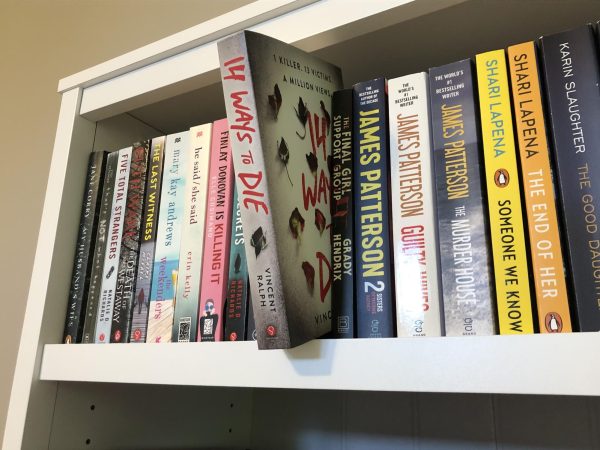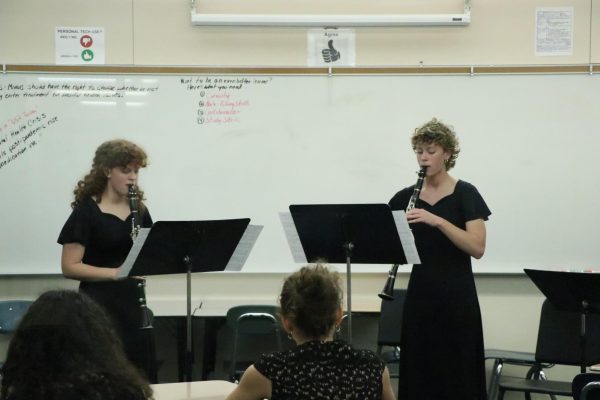Visiting the Other Side of America
CNN’s newest comedic documentary follows the diverse cities and towns apart of the U.S., while providing a fresh take on travel shows
CNN has wrapped up its first season on its newest comedic documentary “United Shades of America” after seven episodes. The network plans to renew the show for a second season, and they have continued filming throughout last year, and will continue into 2017. While no details have been released, the show’s first episode will be released in late 2017.
It’s no surprise that the United States can have serious conflict in both the political and social spheres over differing views, thoughts and beliefs. This has become more apparent than ever in the previous weeks, when civil discourse is at its peak. What may come as a shock is actually seeing how the seeming “other side” of American citizens live and interact within their communities.
CNN’s new series, “United Shades of America” tries to tackle the differing groups of people and mindsets that make up the U.S. in order to gain a larger perspective of our developing and constantly changing culture. The show is hosted by comedian and CNN commentator W. Kamau Bell, who interviews and follows the lives of local residents in the cities or villages he visits during his 45 minute episodes.
Bell has visited a slew of diverse areas in his first season, including isolated towns of Alaska, East Los Angeles (with one of the highest Latino populations in the U.S.), the San Quentin prison, Camden (a city in New Jersey and one of the country’s most dangerous cities) and the conglomerate of retirement homes of Daytona, Florida, bordering college students spring break destination.
During his visits, Bell always tries to learn more about both the positive and negative aspects of the area, as well as knowing the citizens that make up the majority and minority. This includes places such as Portland, Oregon, which Bell was able to visit in his sixth episode, entitled “Is it Cool to Be Hip?”.
In the episode, Bell was able to learn more about the cities mass appeal; including the local restaurants, shops and unique and offbeat places that add character to the city. He was also able to talk to the owner of a “neo Victorian knick knack store”, a recreational woodworking shop and a professional coffee shop reviewer. Suffice to say, all things that can be seen as a quintessential Portland experience.
Bell was also able to see the other side of Portland, along with asking the hard questions of the area. This includes the increased gentrification of predominately African-American neighborhoods. During his time in the quickly disappearing district, he talked with an elderly woman whose close friends would soon be evicted from their home (after living there their entire life), and proceeded to interview the owner of the building that was going to build his business on top of the destroyed neighborhood.
Through these contrasting situations, Bell is able to guide a complicated conversation about the history of the city’s predominately white population, and how that correlates to how minorities are viewed in the area today.
These two sided views of the cities Bell visits helps to add charm and intrigue to the show, by moving beyond the overdone travel documentaries, simply acting as a “tourist” without scratching the surface of the true culture in the area. Instead, Bell tries to instill an in depth understanding of the area, while still keeping local interests and uniquities.
This approach can be appreciated by viewers that need a break from the newest travel show of a unenthusiastic guide trying to poke and prod at the native residents, and instead learn more about unpublicized areas in the United States without a veil of ignorance or misguided attempts at humor.
Instead, Bell tries to show viewers what they may feel the need to turn a blind eye to; what may make towns great for many may continually upset the lives of another. Instead of focusing on the best highlights of any area, Bell proves that a successful show doesn’t have to always remain a positive outlook.
This authentic take on an otherwise tired genre shows its unprecedented ability to not hold back on local discussions and controversies. Couple this fresh take with Bell’s constant enthusiasm and likeable persona, you can look forward to the colorful characterization of those interviewed, and a new sense of comedic attitude when discovering new areas.
Whether it’s the head of a business conglomerate or the mayor of a forgotten town, Bell seems to always find a way to truly shed light on all the beliefs and ideas that make up America.
While the episodes may appear as a lengthy endeavour, the show is a satisfying experience for those wishing to see a personal experience of cultures and beliefs in the United States that they may have otherwise not recognized. In a time when it may be hard to understand the lives of those that appear to be completely different from us, the show provides a new outlook on the diversity of American views.
Your donation will support the student journalists of West Linn High School. Your contribution will allow us to continue to produce quality content by purchasing equipment, software, and continuing to host our website on School Newspapers Online (SNO).
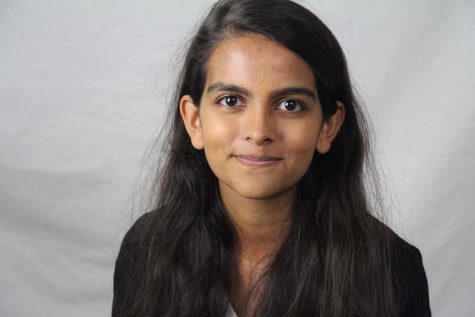
A petri dish and many different types of bacteria are not things that the average high school student wants to spend their time around. But for Nalini...




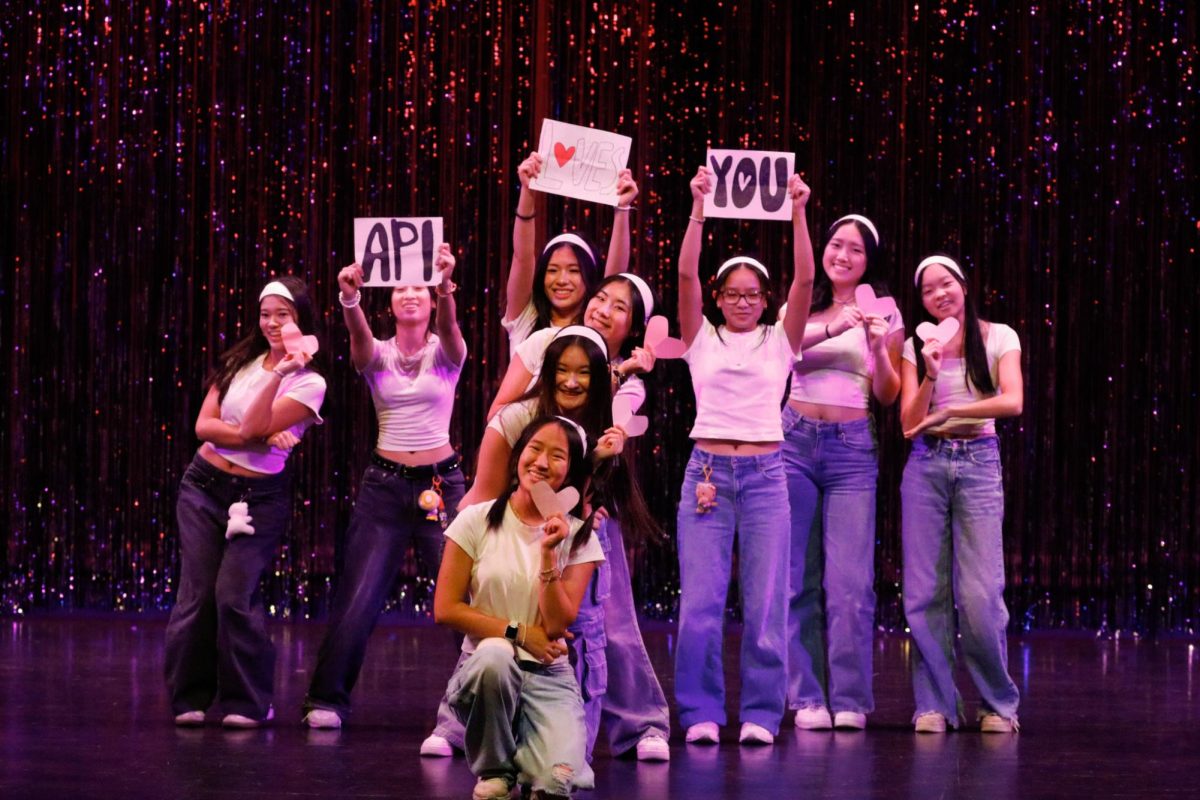
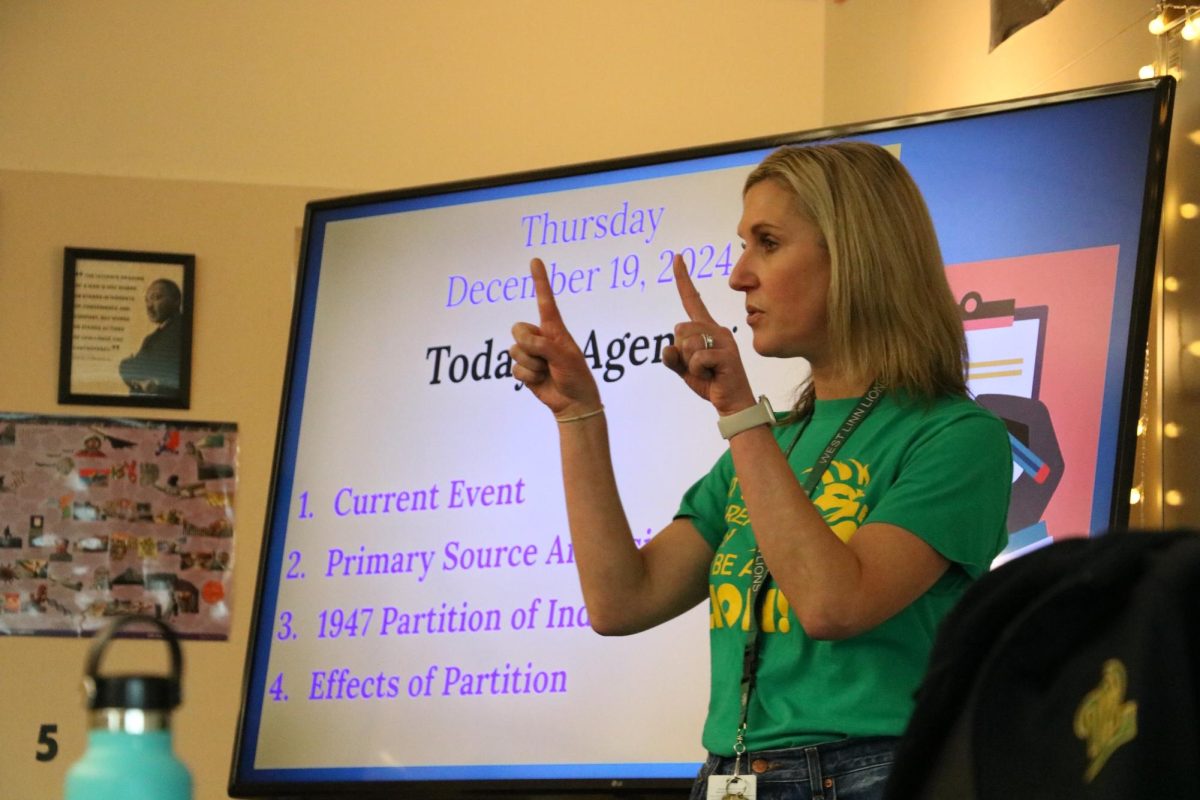




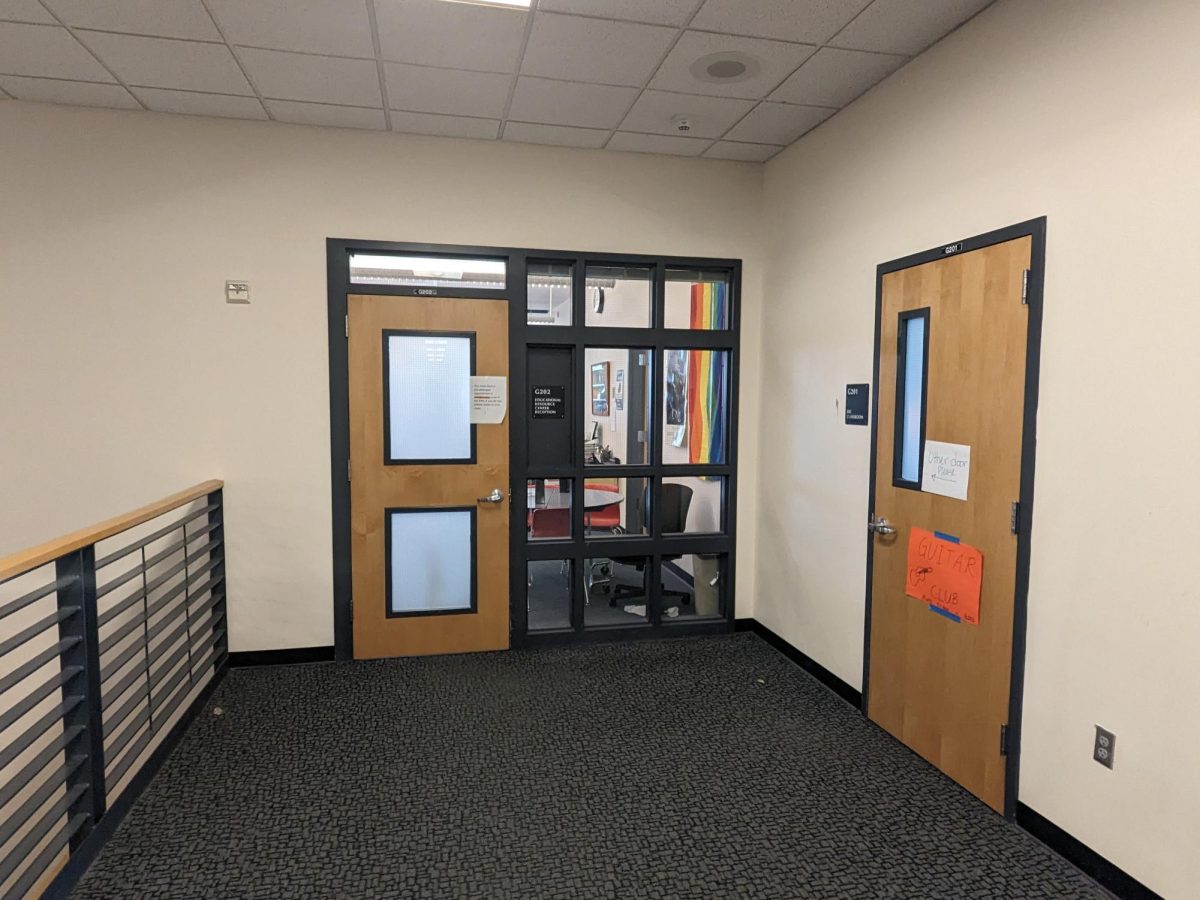













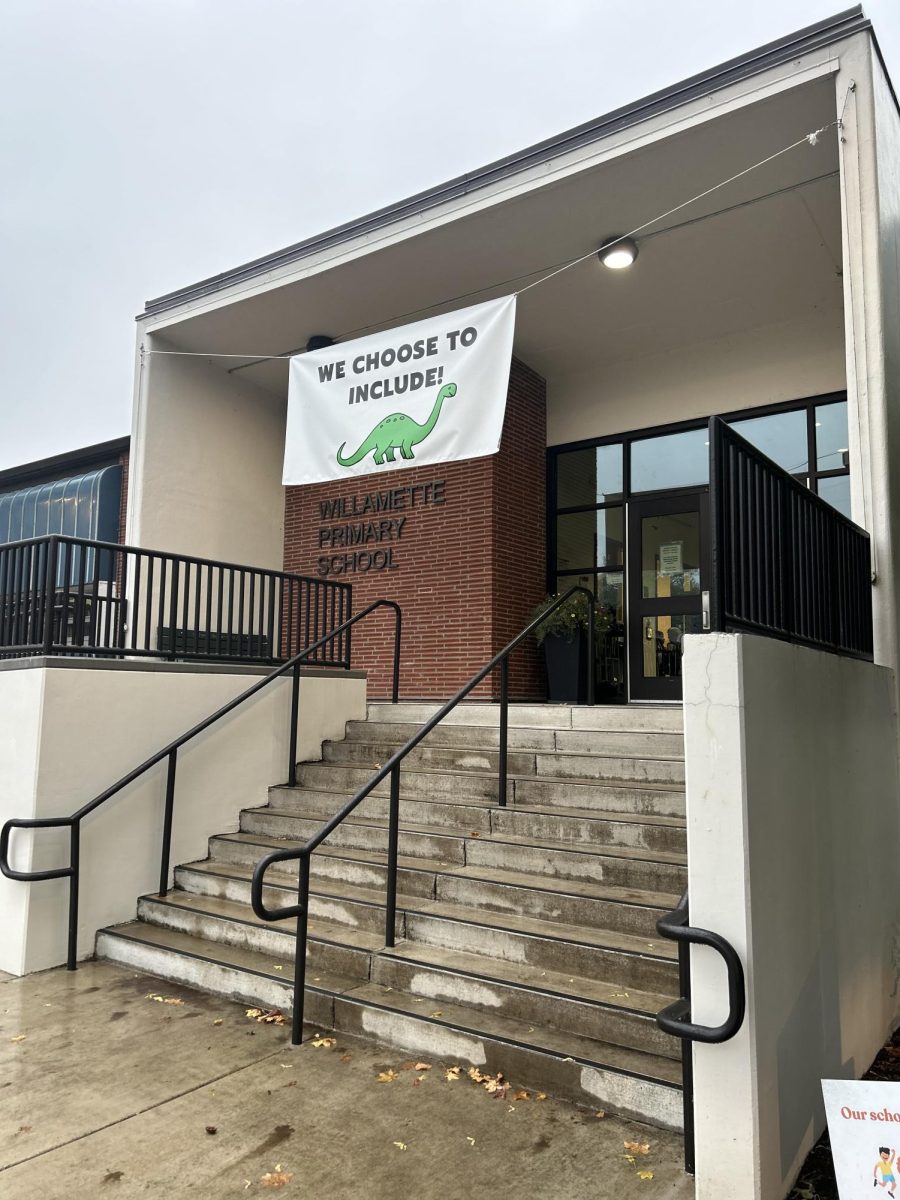
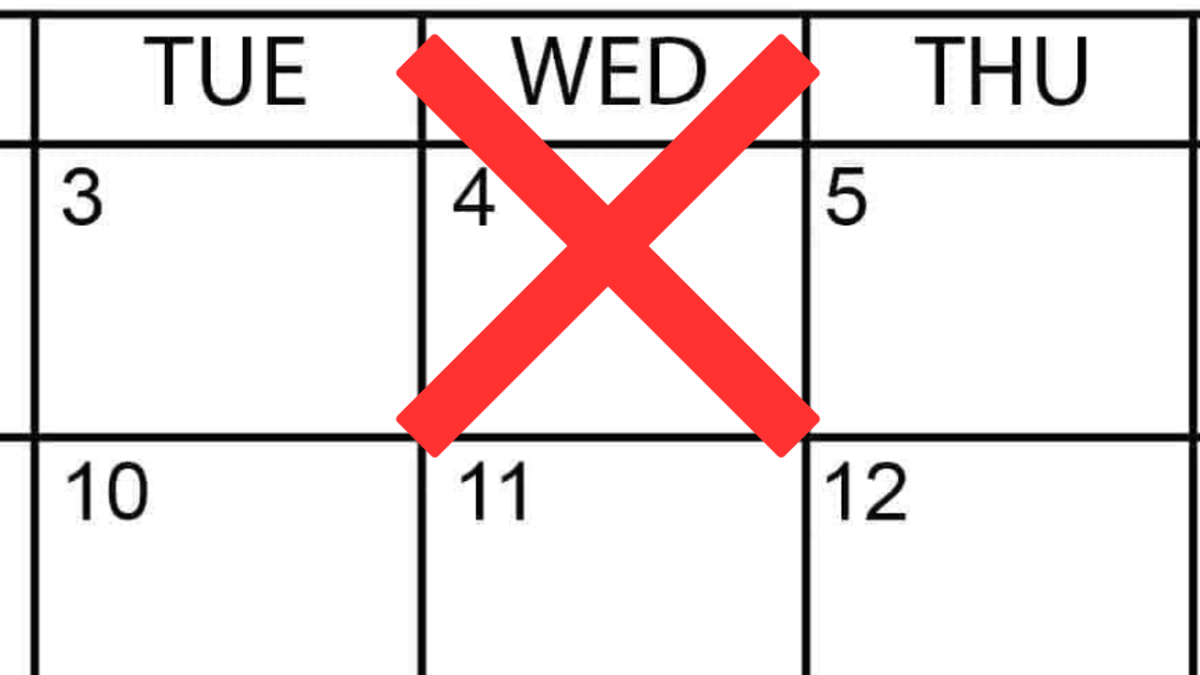







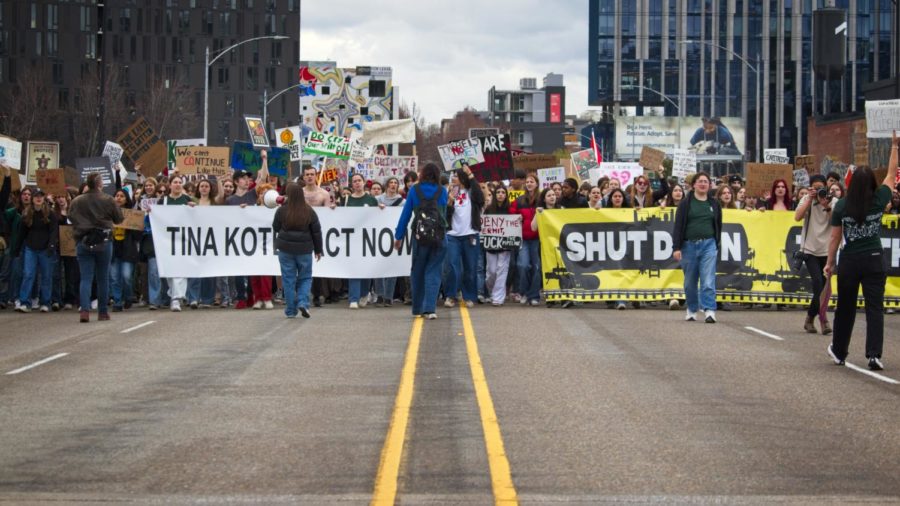









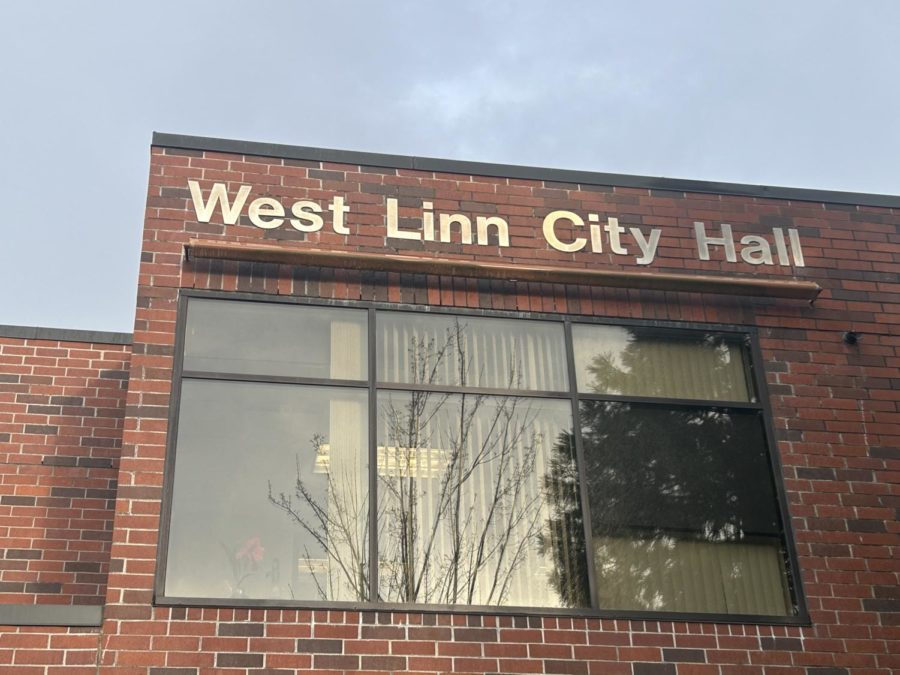





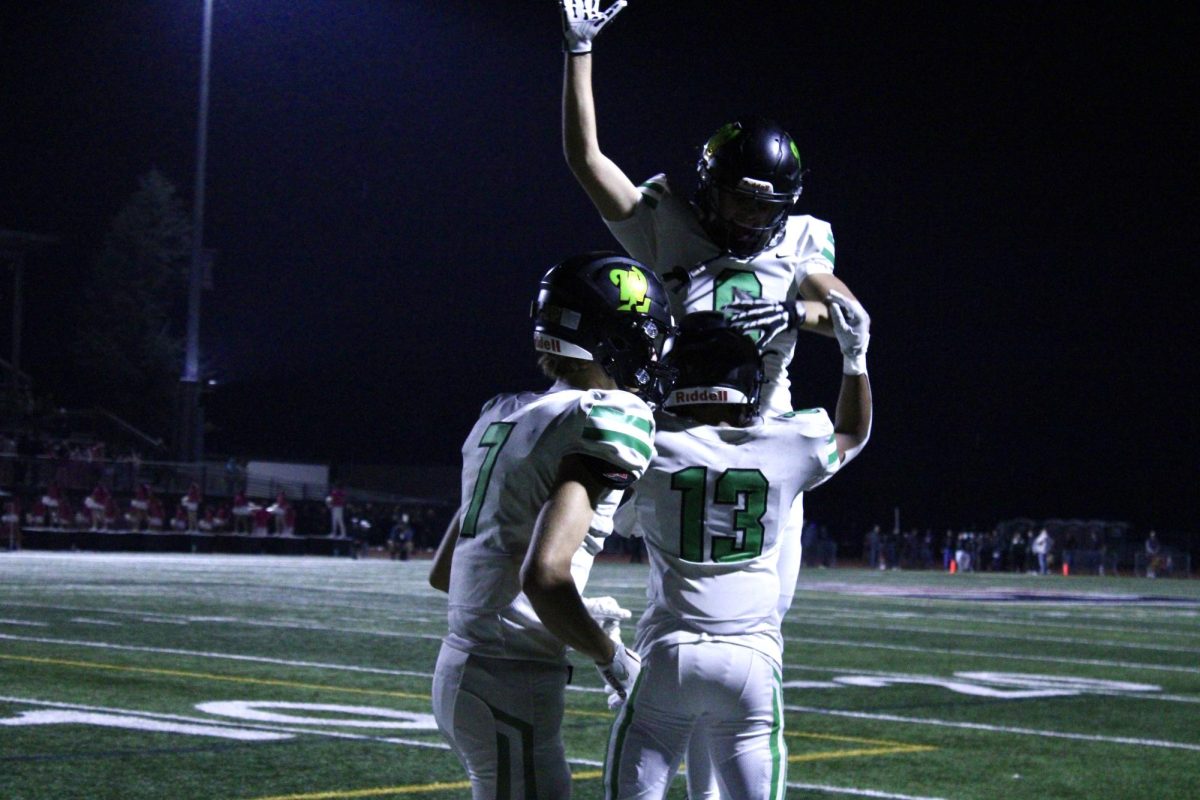




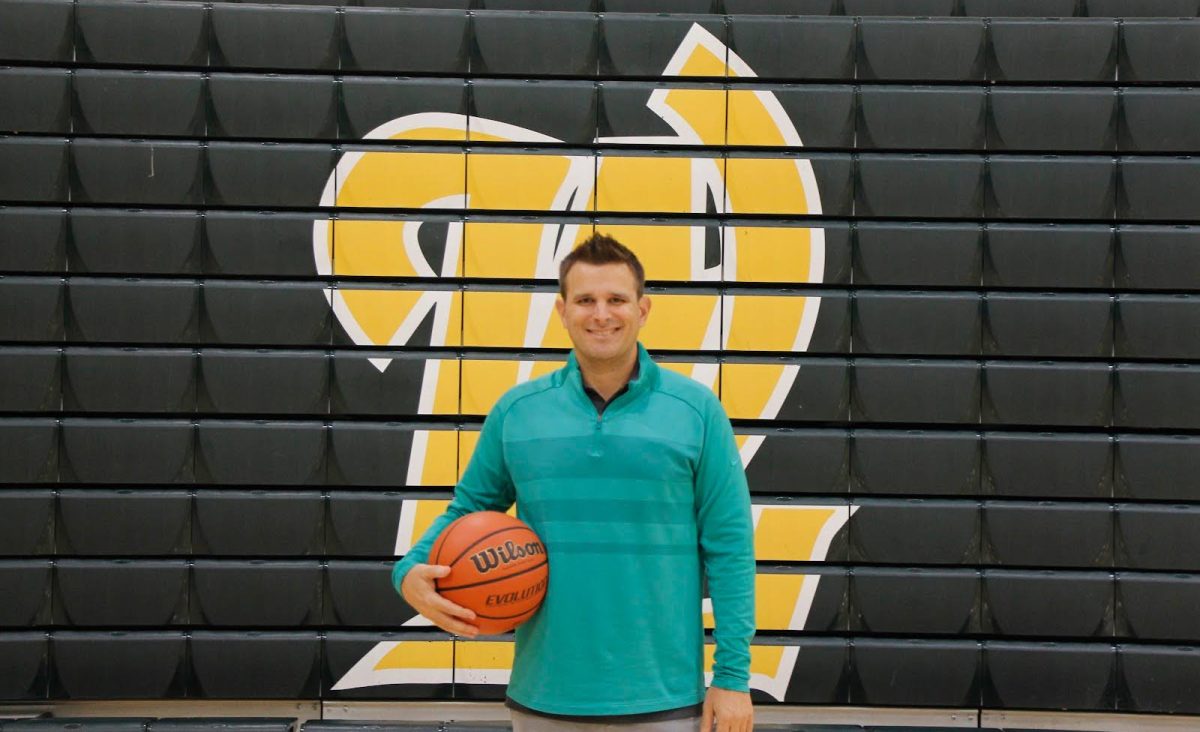
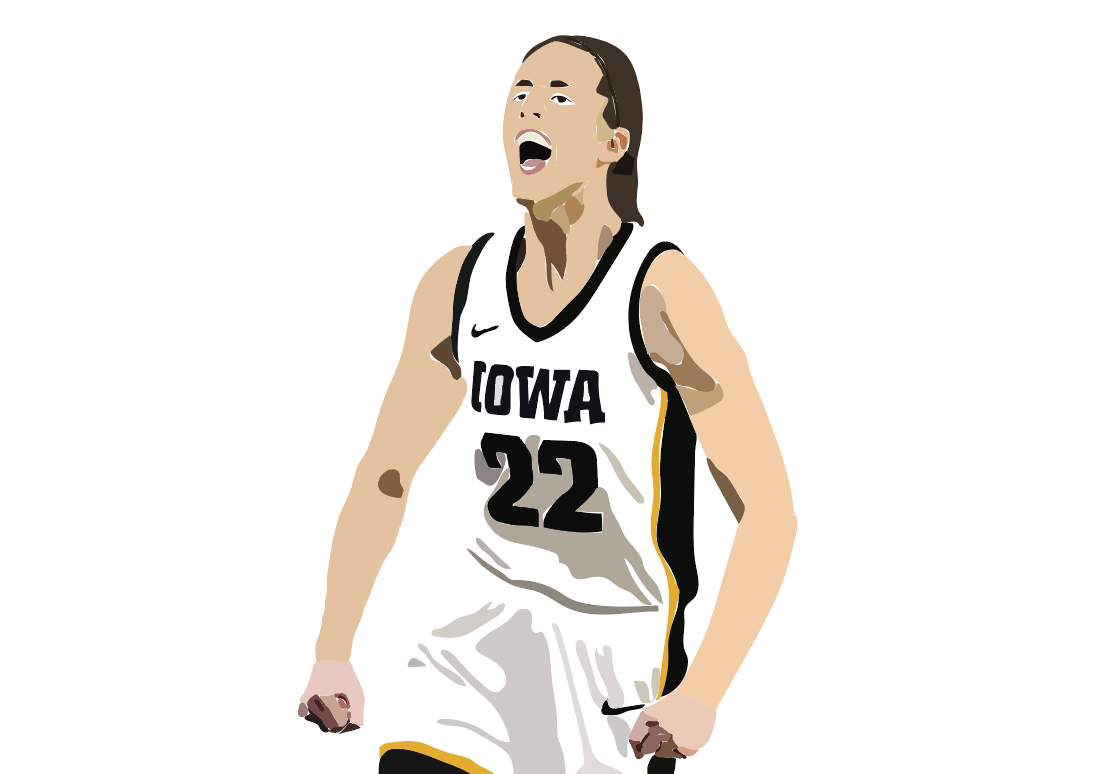
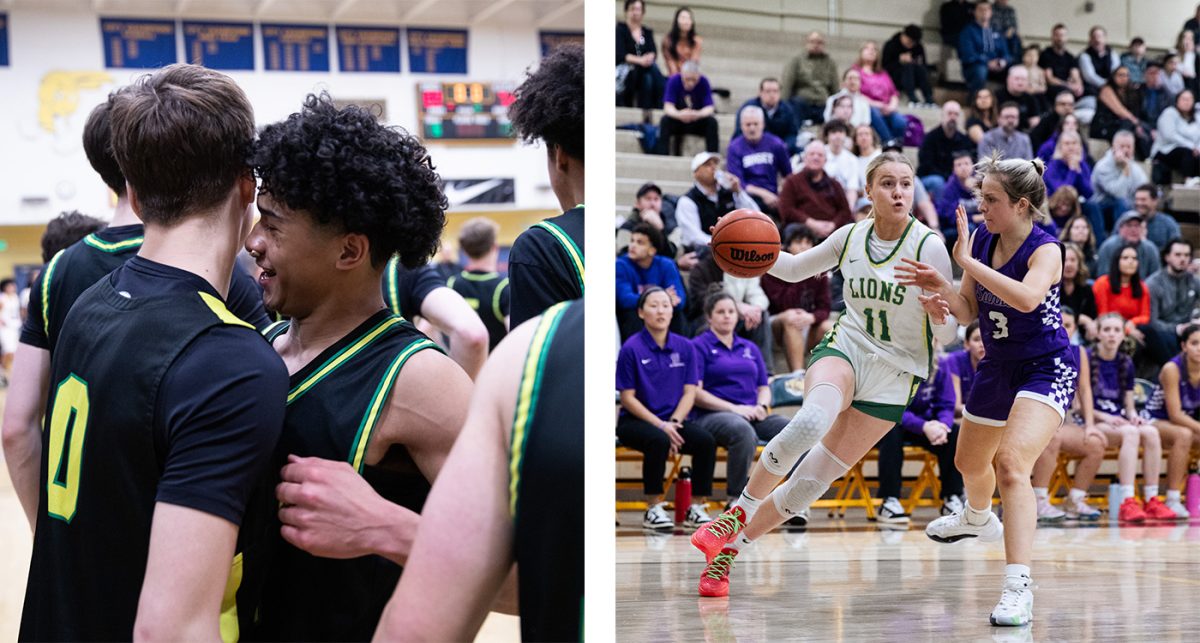
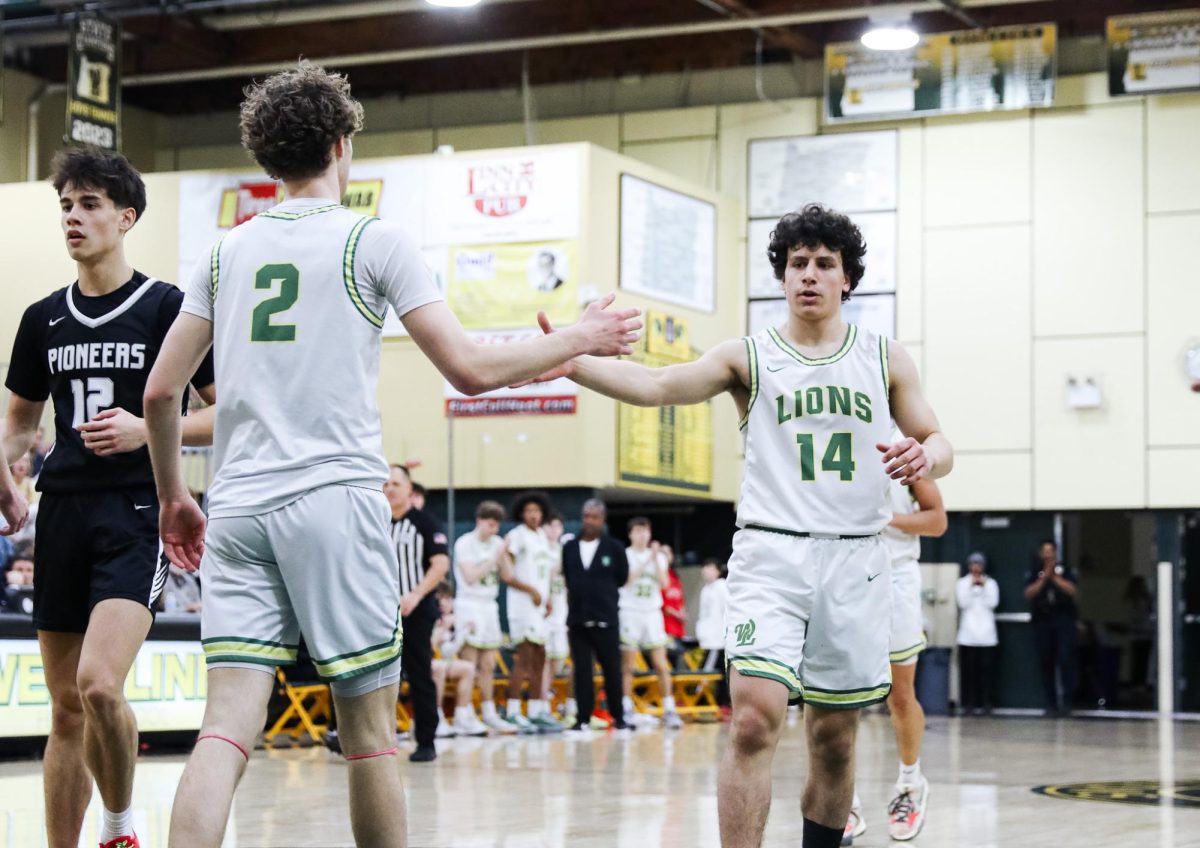
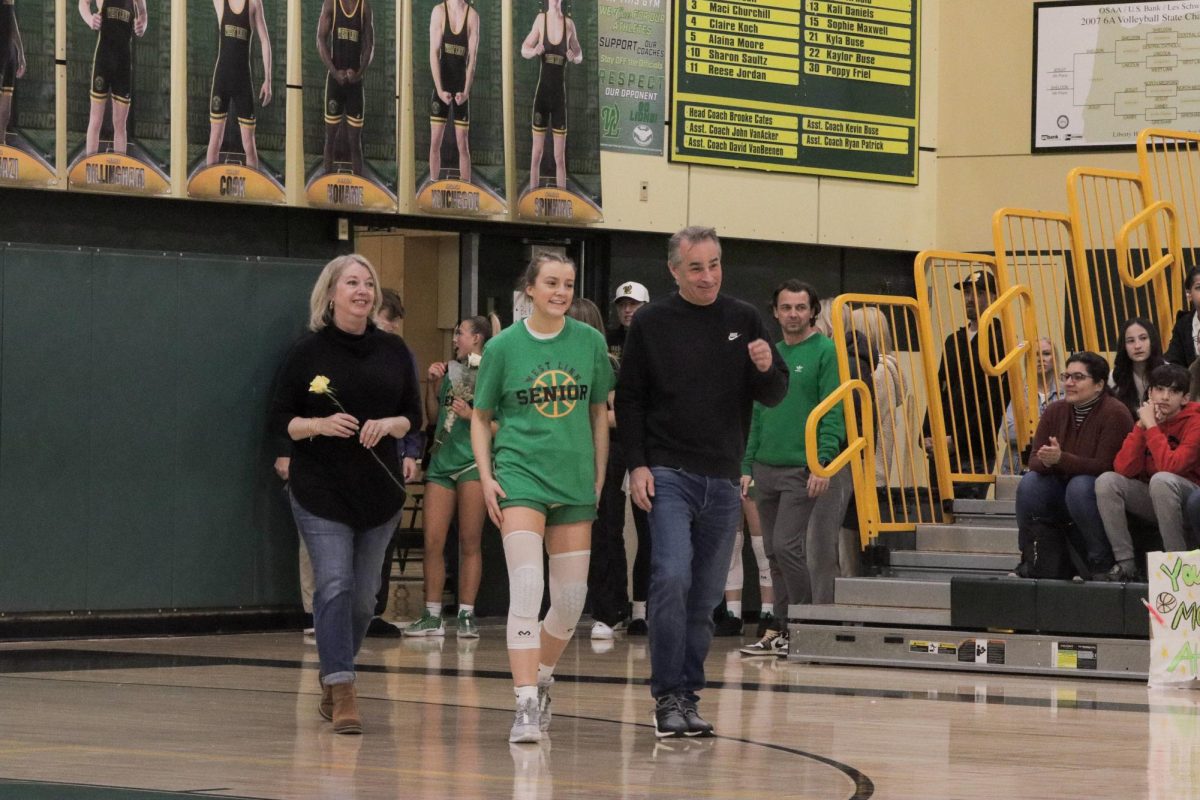
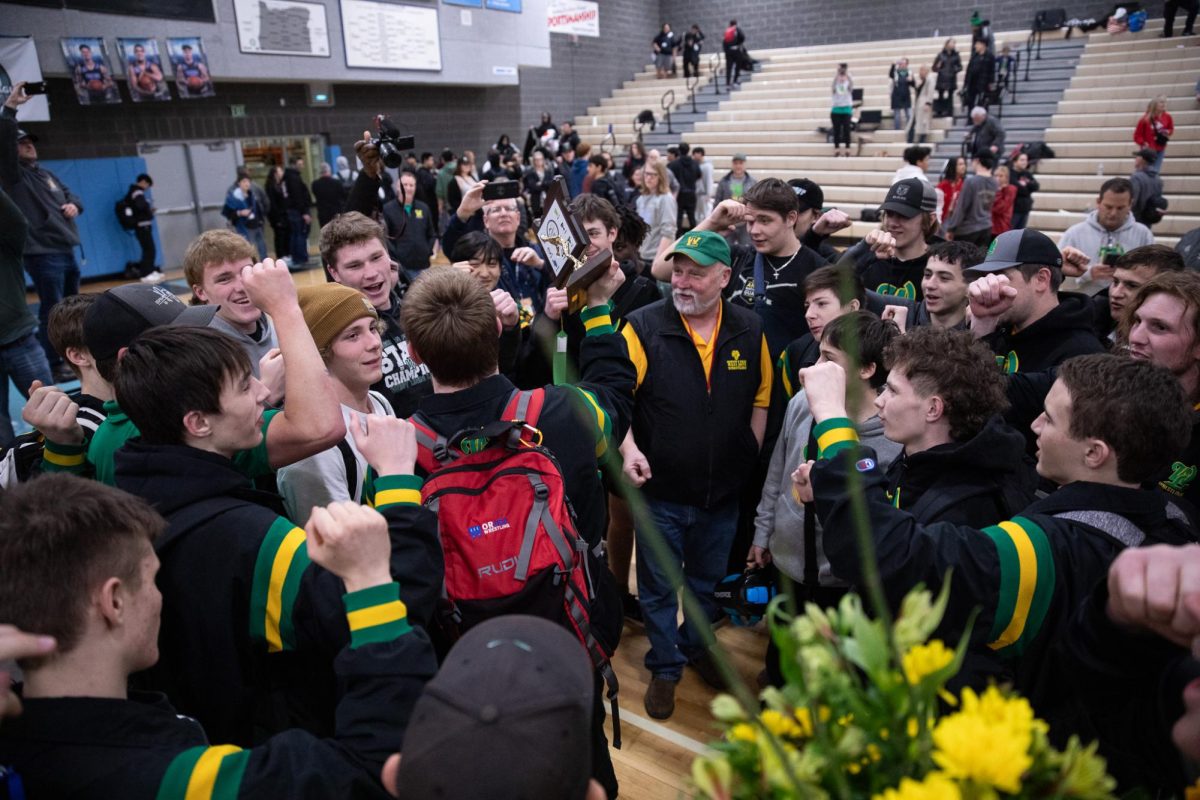


![At the bottom of the third inning, the Lions are still scoreless. Rowe stands at home plate, preparing to bat, while Vandenbrink stands off to the side as the next batter up. Despite having the bases loaded, the team was unable to score any runs. “It’s just the beginning of the season. We’re just going to be playing out best by June, [and] that’s where champions are,” Rowe said.](https://wlhsnow.com/wp-content/uploads/2024/03/IMG_3077-1200x900.jpg)



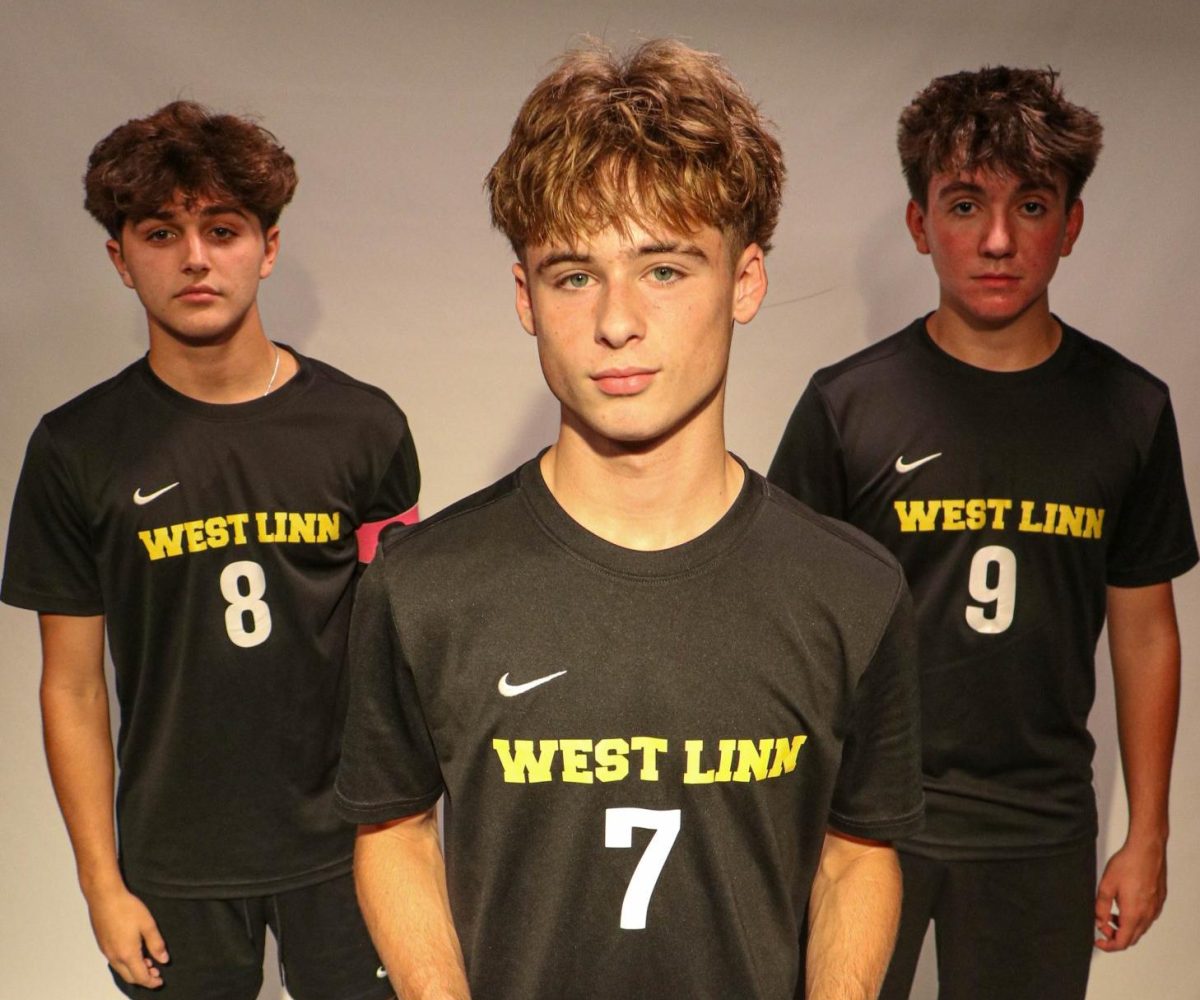
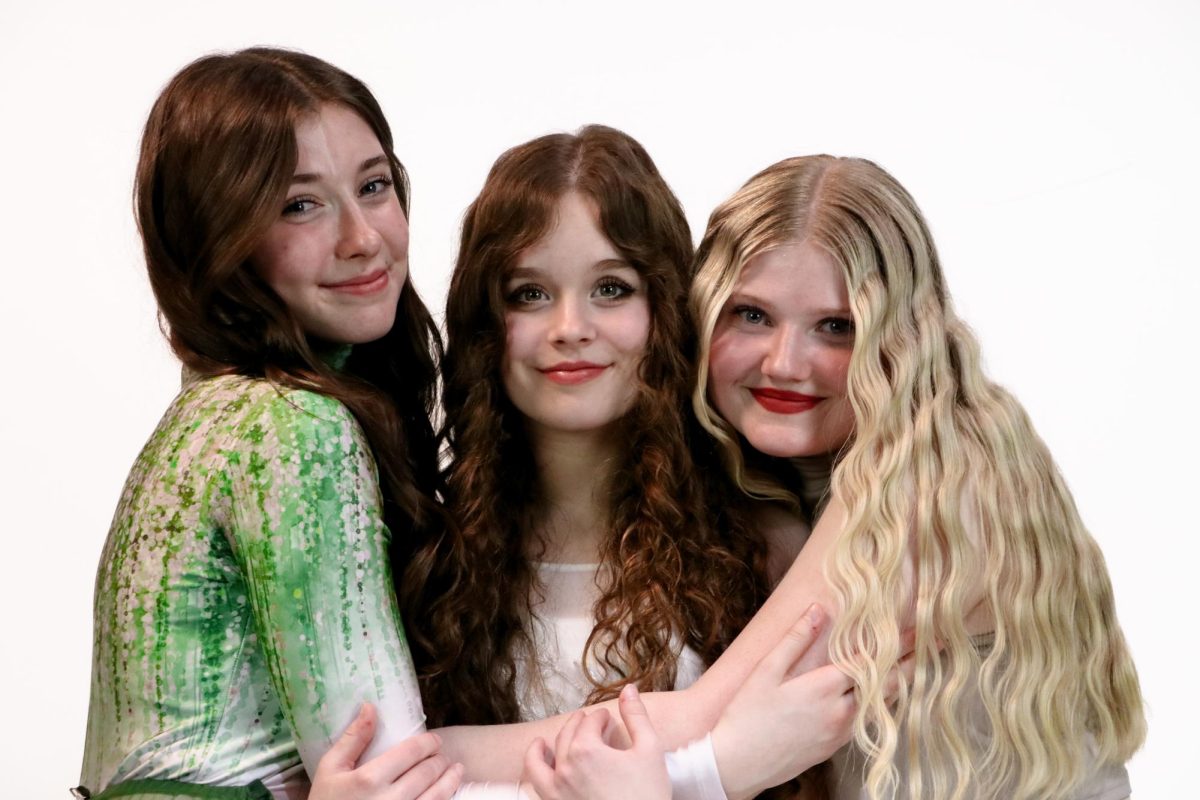

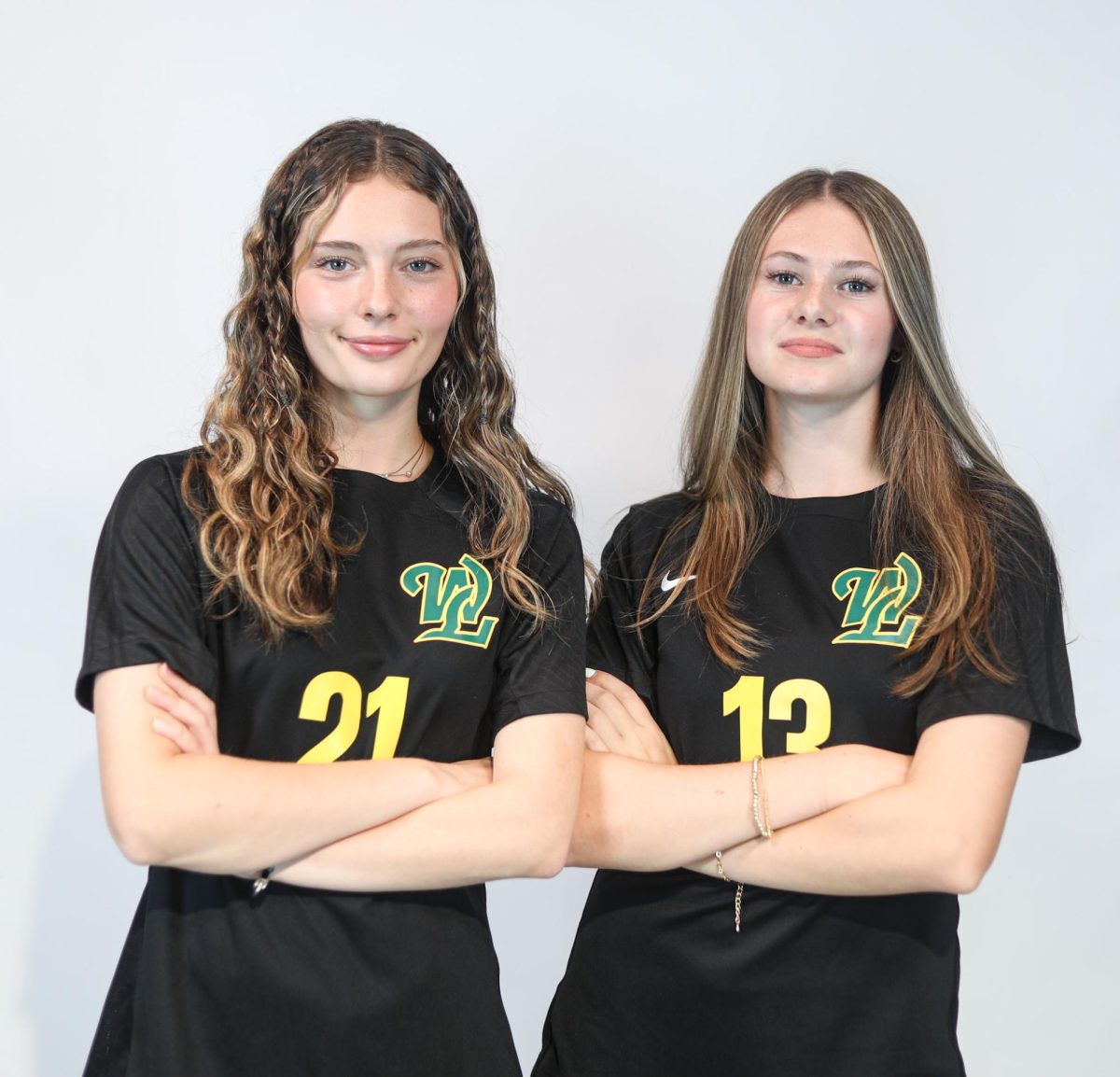
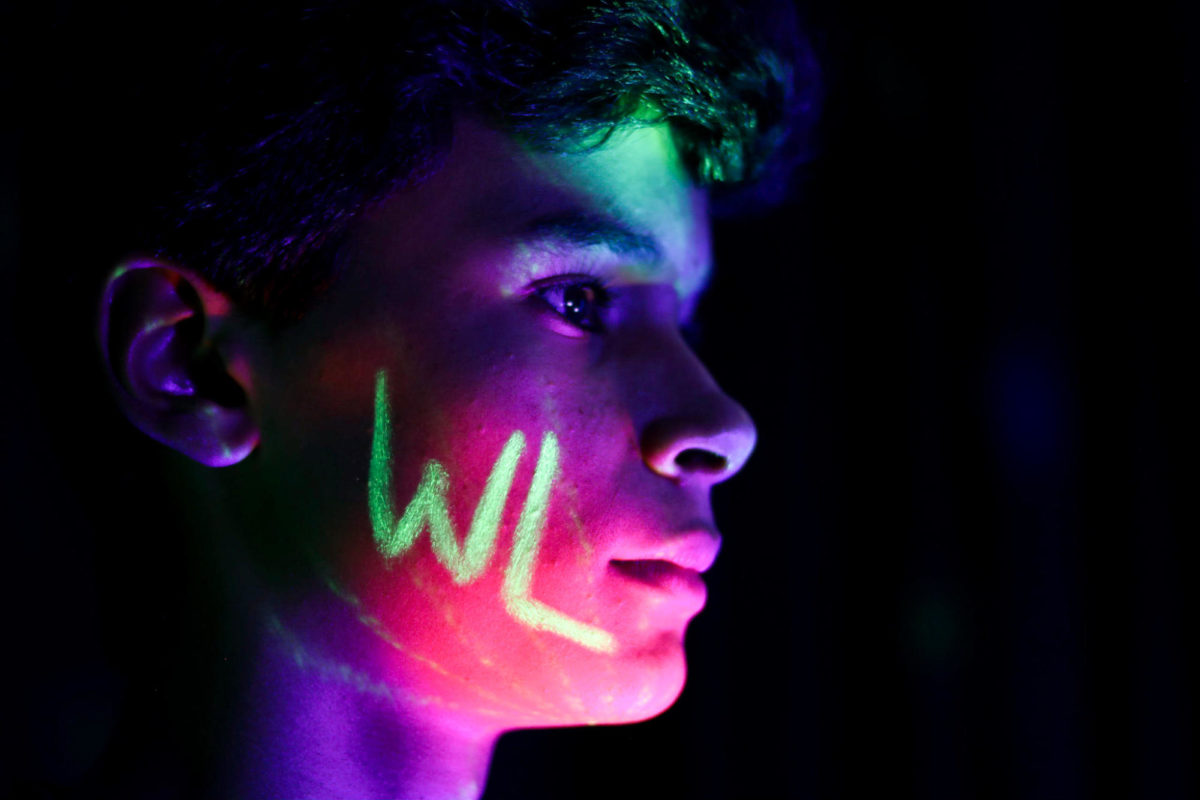




























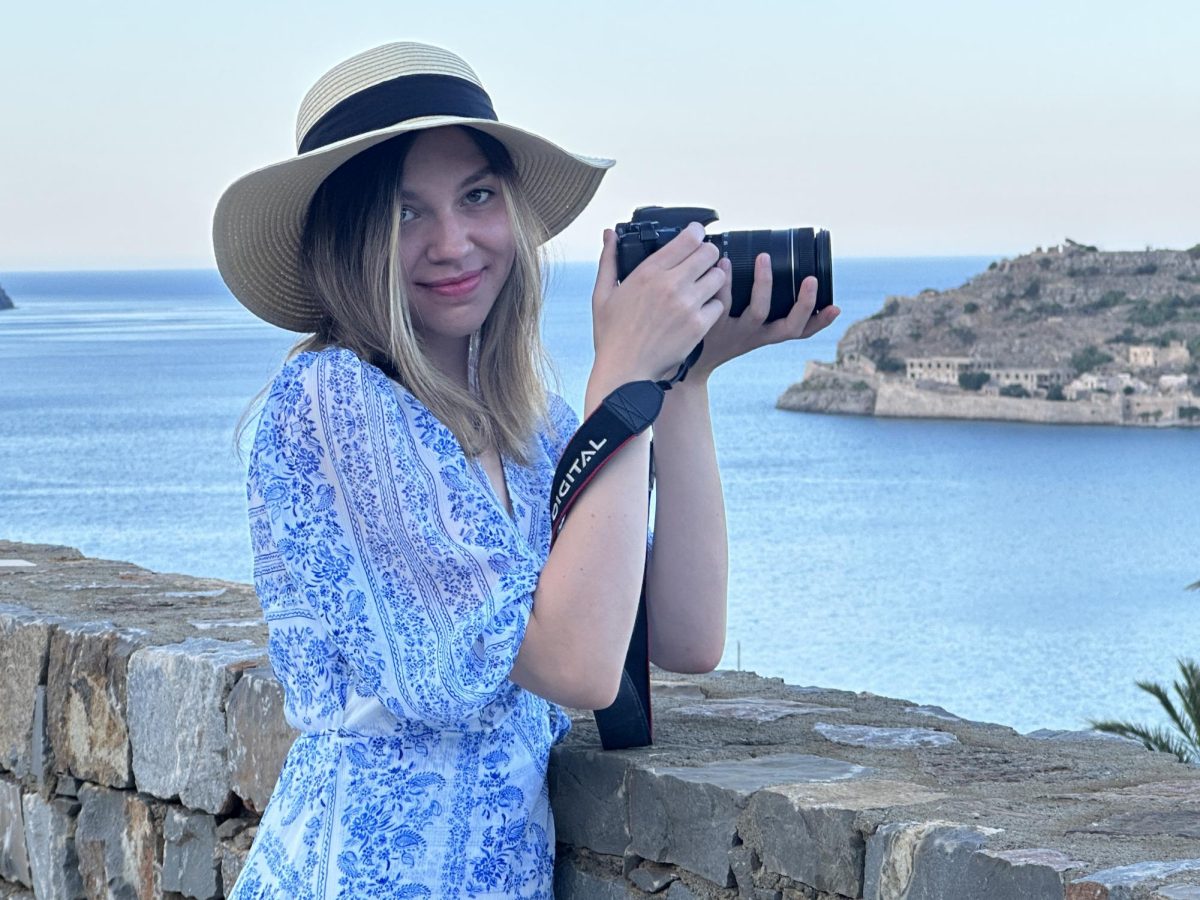

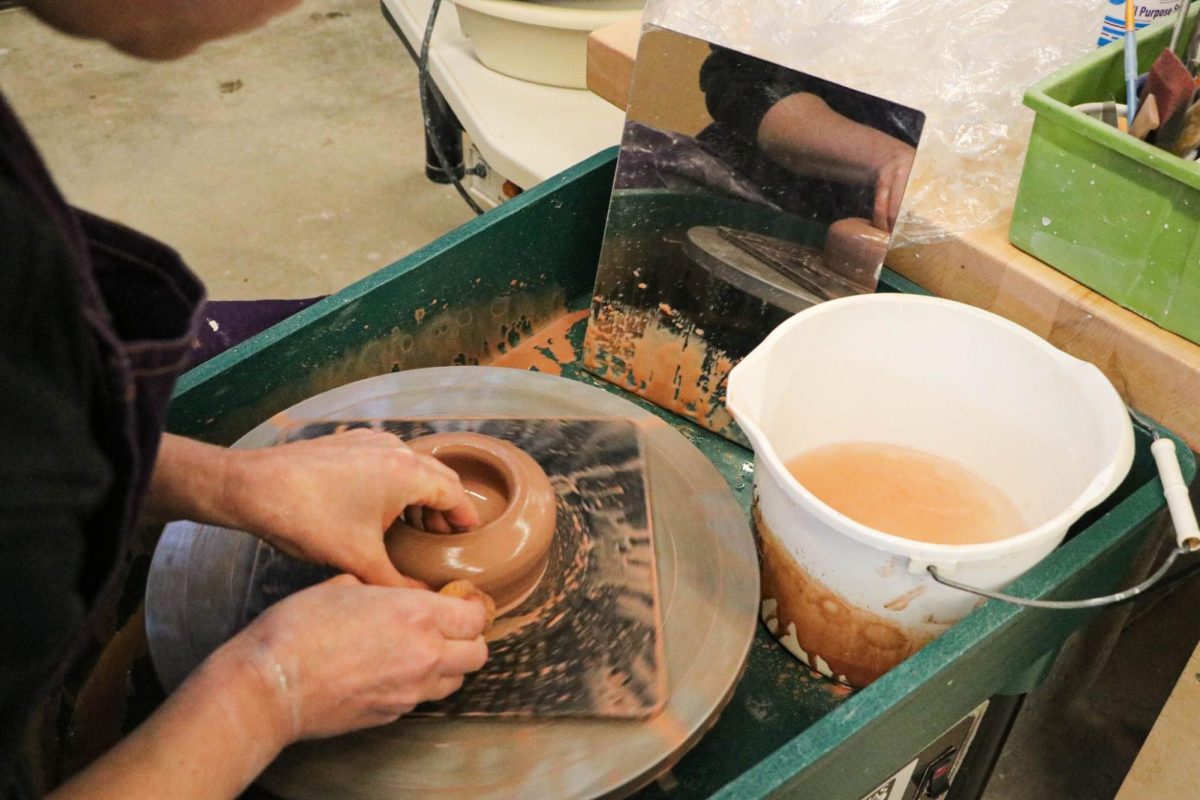
![All smiles. The group poses for a photo with last year’s book, “This is Our House,” along with their award for third Best in Show. Meikle, who was an Editor-in-Chief for the yearbook last year as well, holds both and stands at the center of the group. “That was an amazing feeling, going and grabbing the third place award,” Meikle said. “All of it paid off. I cried so much over that book, being able to receive [the award] was one of the highlights of my high school career, it was like the coolest thing ever.”](https://wlhsnow.com/wp-content/uploads/2024/11/8bookpose_philly-1200x800.jpg)




